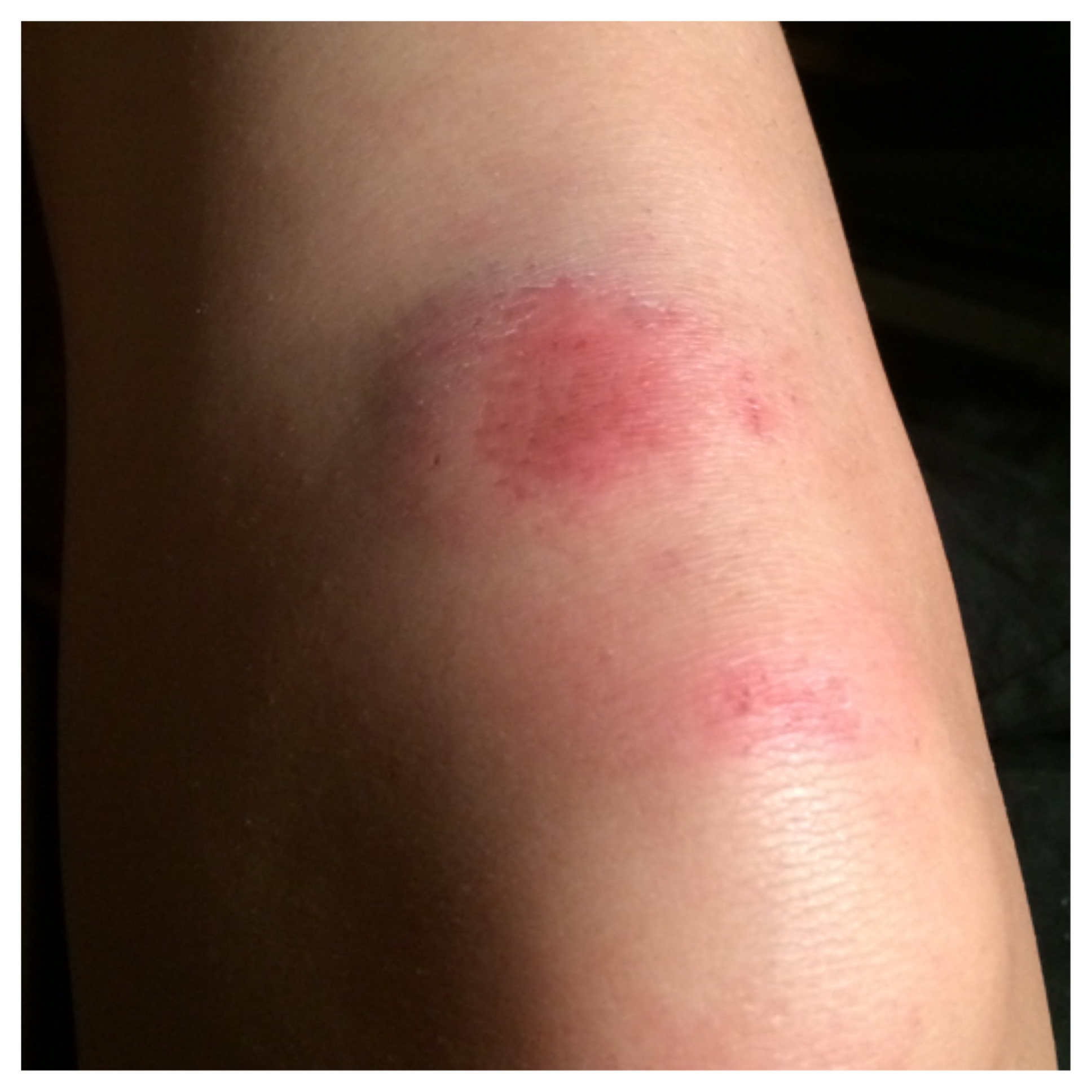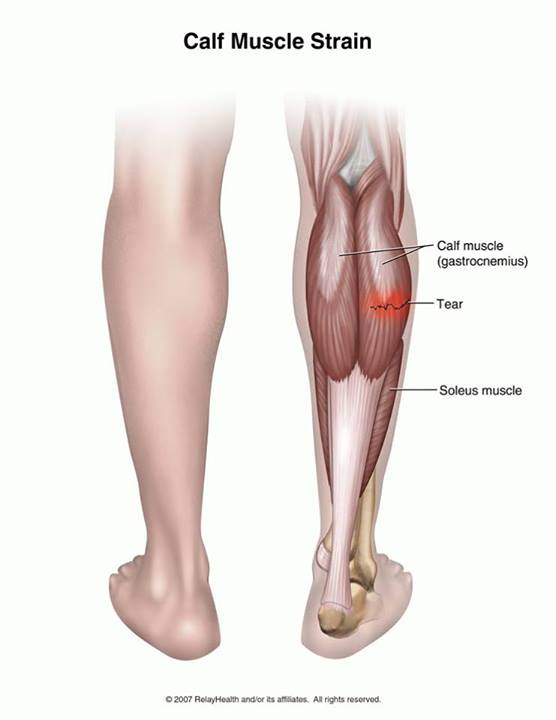Yoga

Yoga a good physiotherapy option for lower back pain
Physiotherapists treating lower back pain may wish to advise patients to try yoga to relieve their symptoms.
A new study carried out by researchers based at the University of Maryland School of Medicine found that regularly practising yoga could lead to less pain and increased mobility for people suffering from long-term lower back pain.
In particular, the lotus position – which involves an individual crossing their legs and placing their feet as close to their hips as possible while keeping their back straight – was found to be particularly beneficial in reducing back pain levels.
Doctors analysed 12 previous studies from the UK, US and India that have explored the possible effects of yoga on people’s health, finding that it could have significant benefits for improving persistent pain in the lower back.
Yoga was even found to yield better results in reducing back pain when compared to exercise classes specifically tailored to strengthening the back, further demonstrating the potentially powerful physical effects of this ancient Indian discipline, which is favoured by many for its calming, meditative impact on their mental health and wellbeing.
However, this research papers only looked at the effect of yoga in minimising back pain for 12 months at most, so the US scientists are now planning further investigations into whether or not regular yoga can keep lower back pain at bay for longer-term periods.
Although a small quota of study participants reported worse back pain than before after practising yoga, the number was no higher than that for individuals who had taken part in other back-focused exercise classes.
Susan Wieland, lead author of the study, commented: “Our findings suggest that yoga exercise may lead to reducing the symptoms of lower back pain by a small amount, but the results have come from studies with a short follow-up.
“At the moment, we only have low to moderate quality evidence for the effects of yoga before six months as a type of exercise for helping people with chronic back pain.”
Written by Mathew Horton











